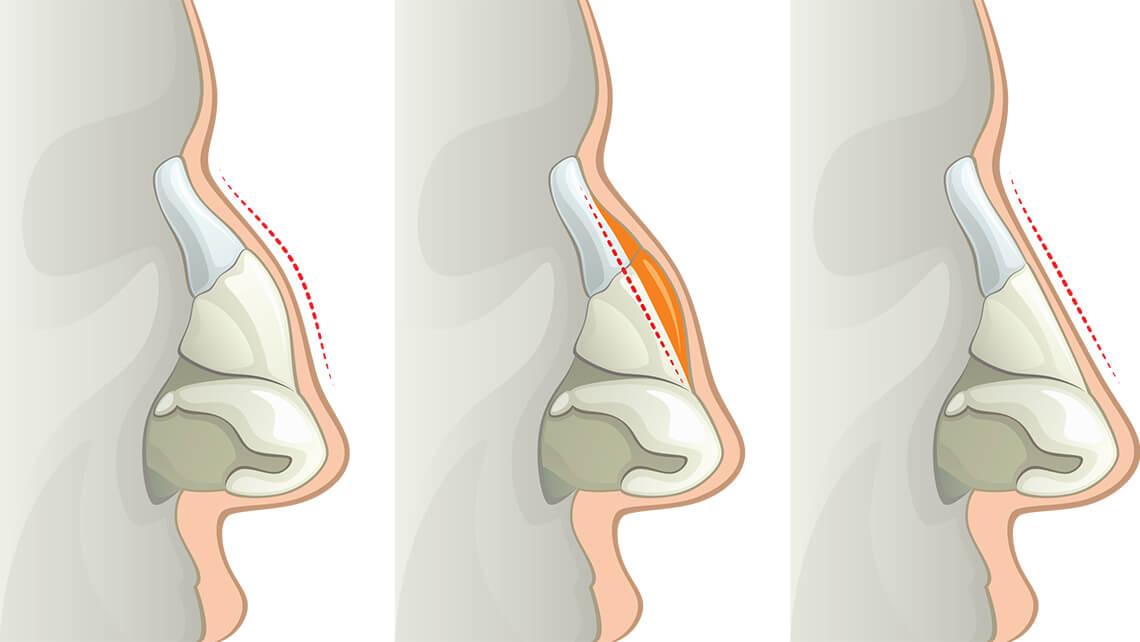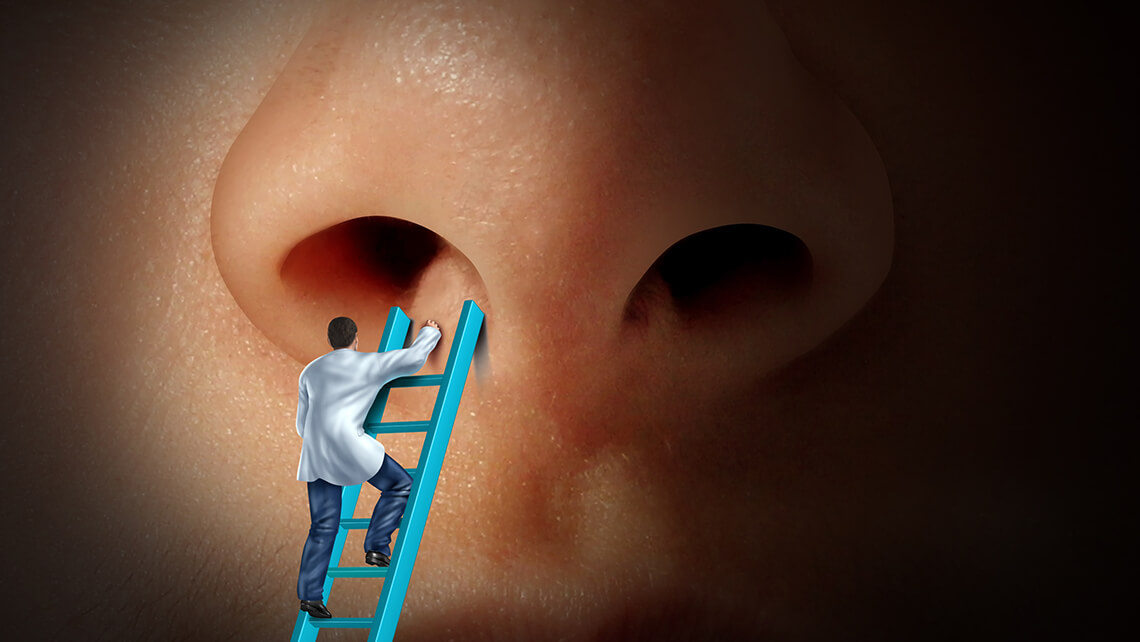Bleeding, one of the most important risks in rhinoplasty can sometimes be quite serious. The risk of unwanted bleeding is greater especially when rhinoplasty operations also involve non-aesthetic procedures performed through the nose to relieve nasal congestion (if necessary, it should definitely be performed). This risk is even higher in concha (nasal concha) resections. The nose is an organ that contains medium-sized blood vessels. However, bleeding in such places usually does not reach dangerous levels and can be stopped using simple tampons.
After the surgery, adhesions called synechiae may develop in the nose, making your nasal breathing more difficult than before the surgery. In general it is easy to solve this problem, but a second surgery may be needed. Despite being rare, a hole may develop in the structure called the “septum” that forms the middle of the nose. Although this usually does not pose a problem, it can rarely cause a sound during breathing. It is difficult to treat and requires a revision surgery.

It poses almost no risk of nasal infection. The nose, which has a very strong blood flow, is highly resistant to inflammation. If infection develops after this surgical procedure, you can be recorded in the medical literature.
However, it will not surprise anyone if you have aesthetic problems and deformities after this surgery or if you do not like the new shape of your nose. Therefore, the most common complication of this surgery is aesthetic. Nasal ridge collapse, open roof (gap between the bones at the nasal ridge), nasal curvature and asymmetry are some of the aesthetic complications. In addition, breathing problems may also develop due to the deformation of the nasal valve.
Of course, the risk of these complications is almost negligible when the operations are performed by surgeons who have the necessary skills and experience, who are self-conscious, and who do not attempt to try new things on the patient. As with all surgical interventions, the first surgical operation is the most important one. Secondary interventions intended to correct surgical errors will always be more difficult than the first surgery.














